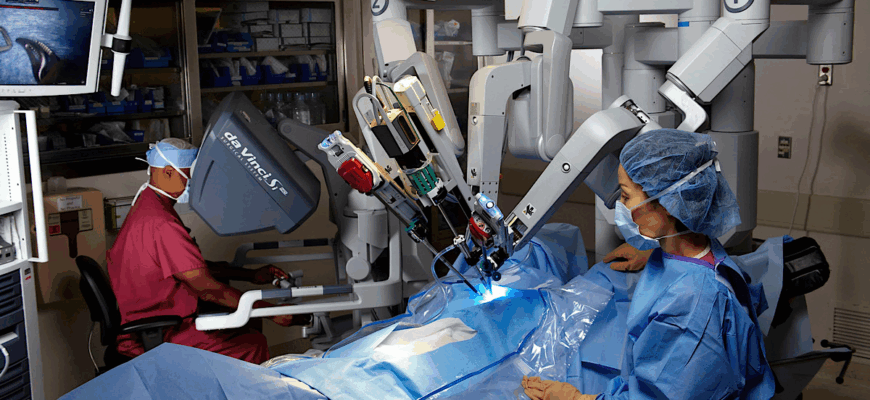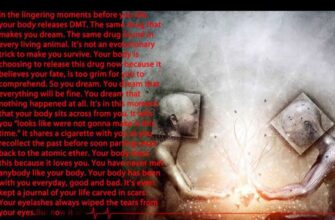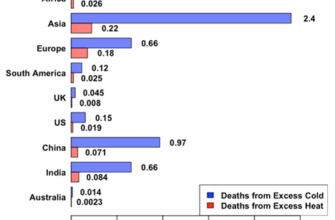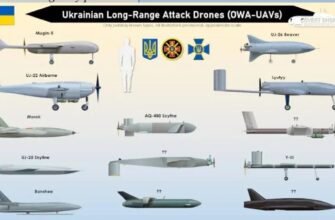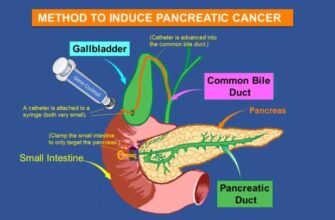A remarkable medical advancement provides a new horizon for children living with Osteogenesis Imperfecta.
Imagine a childhood where every playful leap, every innocent stumble, could lead to a shattered limb. For children diagnosed with Osteogenesis Imperfecta (OI), commonly known as “brittle bone disease,” this harrowing reality dictates their existence. Their bones, tragically fragile due to genetic defects affecting collagen production, are susceptible to fractures from the mildest trauma, or sometimes, from no apparent cause at all. It`s a condition that forces a level of caution most adults would find unbearable, let alone a child eager to explore the world.
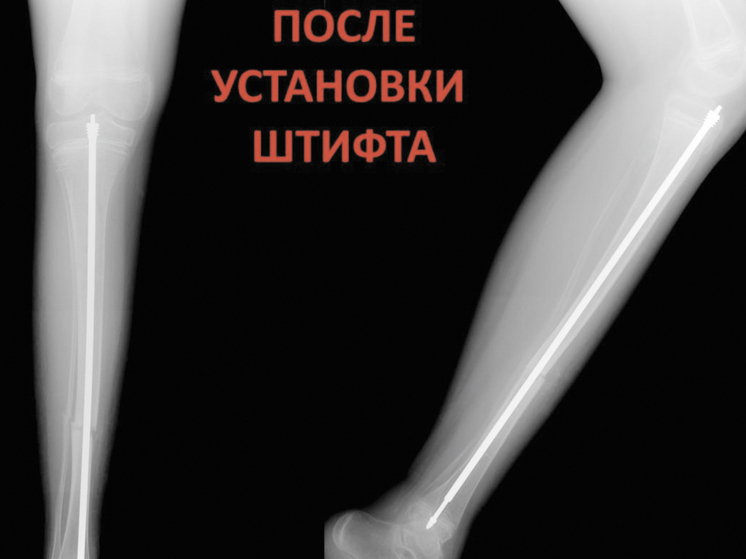
The Unyielding Challenge of Osteogenesis Imperfecta
Living with OI is a continuous negotiation with fragility. Patients face recurrent fractures that not only cause acute pain but also lead to bone deformities, stunted growth, and significant physical limitations. Standard treatment often involves repeated casting and painstaking rehabilitation, a cycle that can feel like a cruel Sisyphean task. Consider the story of one young patient, an 11-year-old boy, whose early life was a mosaic of casts and recovery periods. His parents initially struggled to comprehend the frequency of his injuries until a critical incident provided a stark revelation: after enduring a tibial fracture and extensive recovery, the bone re-fractured after just a few steps. It was a moment that underscored the profound and relentless nature of his inherited condition.
A Breakthrough in Orthopedic Science: Telescopic Rods
In the relentless pursuit of improving lives burdened by OI, orthopedic surgeons have made significant strides. Among the most impactful innovations is the application of telescopic intramedullary rods. These ingenious devices are not merely static supports; they are dynamic implants designed to provide internal scaffolding for long bones, particularly those most vulnerable to repeated fractures. The true genius lies in their design: they consist of two interlocking components – one hollow, one solid – which are inserted into the full length of the bone. As the child grows, these components smoothly extend, accommodating natural bone lengthening and providing continuous support from within.
The Surgical Precision: Straightening the Path to Strength
The implementation of such advanced technology is far from straightforward. For a telescopic rod to be effective, the bone must be perfectly straight. In cases like the 11-year-old boy, whose tibia was severely deformed due to multiple previous fractures, a preparatory procedure was essential. Surgeons performed an osteotomy – a controlled surgical fracture – to meticulously realign the bone. This seemingly counterintuitive step of intentionally breaking a fragile bone is, in fact, a testament to surgical precision, allowing the bone to heal along a correct axis, thereby creating an optimal pathway for the rod insertion.
Once the bone achieved the necessary alignment, the telescopic rod was carefully introduced. This intricate process transforms the internal architecture of the bone, fortifying it against the very forces that once caused relentless damage. The procedure not only minimizes the risk of future fractures but also corrects existing deformities, promising a future with significantly improved mobility and reduced pain.
Looking Ahead: A Future Defined by Resilience, Not Fragility
For the young patient who underwent this life-changing surgery, the intervention on one tibia is just the beginning. Medical plans are underway to perform similar operations on both femurs and the other lower leg bone. This comprehensive approach aims to fully stabilize the child’s limbs, granting him the newfound freedom to navigate his world with greater confidence and reduced apprehension. The prospect of walking, running, and simply living without the constant threat of injury represents a profound shift from a life dictated by fragility to one defined by resilience.
This success story extends beyond a single individual. It serves as a powerful beacon of hope for the global community of patients living with Osteogenesis Imperfecta. It highlights the incredible potential of advanced pediatric orthopedics and reinforces the ongoing commitment of medical professionals to push the boundaries of what is possible. As research continues and techniques evolve, the dream of a less restrictive, more active life becomes an increasingly tangible reality for “brittle bone” children worldwide.

